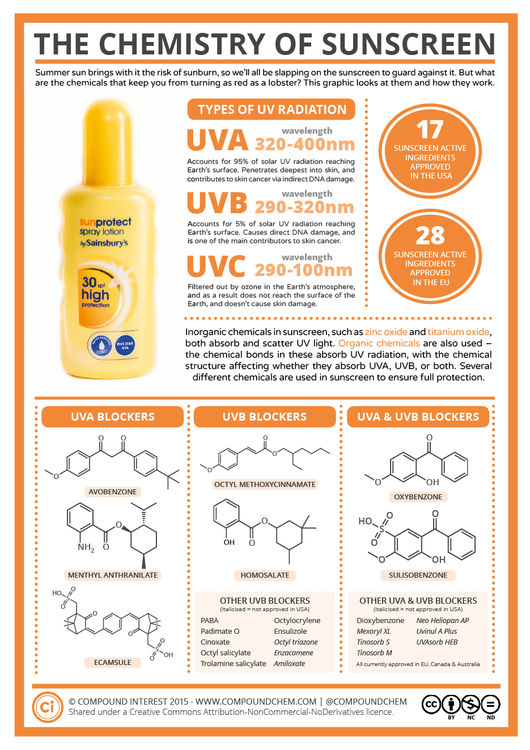2018’s biggest science stories
As we head into 2019, it’s time to take a look back at some of the biggest science news stories over the past year. This year’s science news featured water on Mars, the effects of e-cigarettes, new types of isomerism and bonding, and more! 2018 saw a number of significant discoveries in sci ... more






